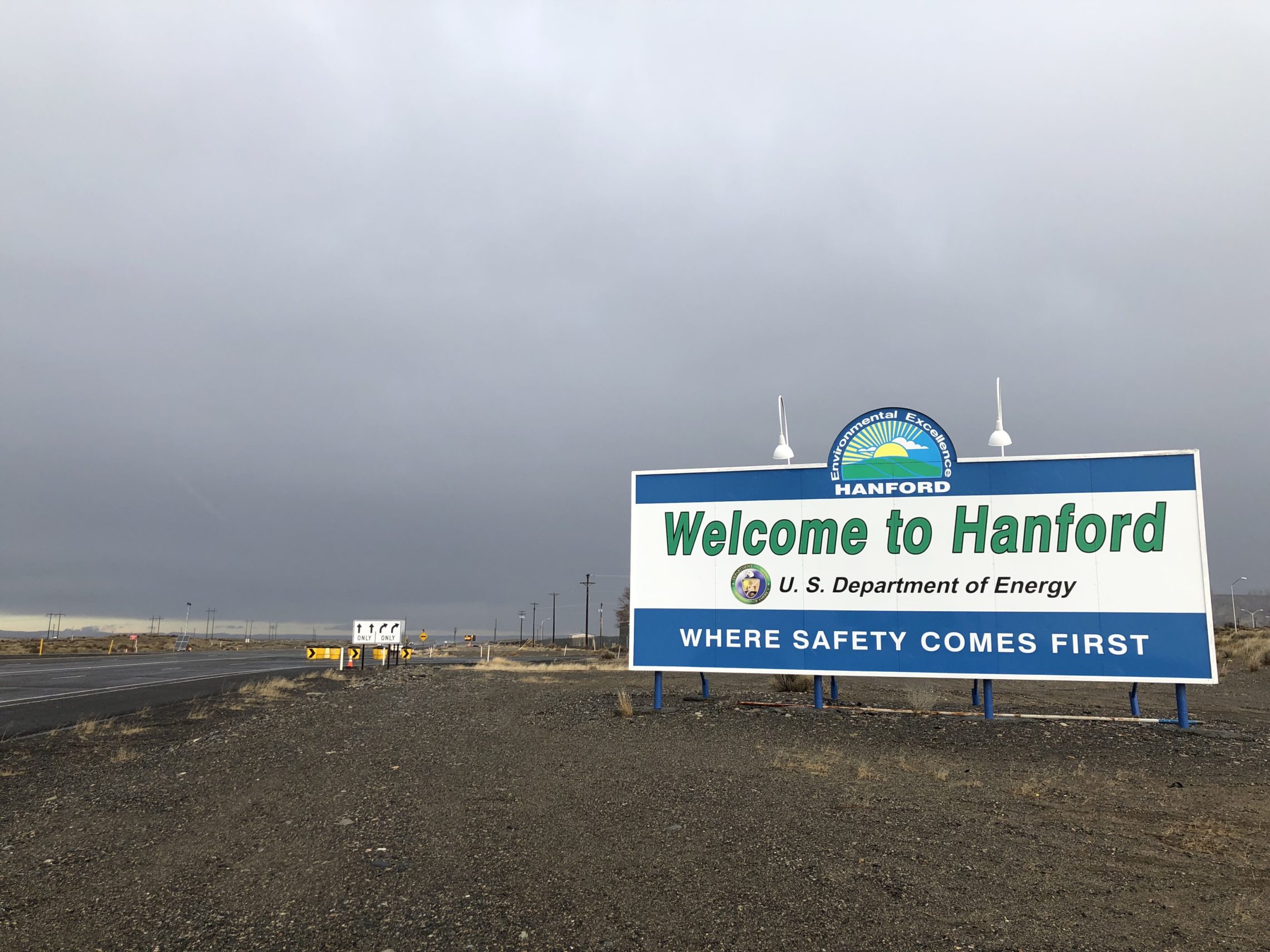Part 2 of 4 Parts (Please read Part 1 first)
Yakama Nation history at the Hanford site dates back to pre-colonization by Europeans. The Indigenous people fished for sturgeon, salmon and lamprey in the Columbia River. They gathered and traded with other families. In 1855, the Nation ceded more than eleven million acres of land to the U.S. including the Hanford area. They signed a treaty that relegated them to a reservation while allowing them the right to continue fishing, hunting and gathering roots and berries at “all usual and accustomed places” which included the Hanford Reservation.
In the 1940’s the situation shifted significantly when the Hanford site was clear out to make room for the construction of nuclear reactors.
LaRena Sohappy is the vice-chairwoman for Yakama Nation General Council. Her father was a well-known, medicine man. She grew up in Wapato which is about forty miles from Hanford. She remembers the strawberry fields that lined the Hanford site. Her family gathered Skolkol which is a daily food for the Yakama. They traveled to the Hanford site for ceremonies. Her cousin’s family lived close to Hanford. They were awakened in the middle of the night and forced to leave Hanford to make way for the nuclear site. She said “They didn’t have time to pack up anything. They just had to leave, and they were never told why and how long they were going to be gone.”
The effort to give Indigenous people a voice in the fate of Hanford was driven in part by Russell Jim who was a member of the Yakama Nation’s council. His efforts have been credited with helping to keep Hanford from becoming a permanent “deep geologic repository” which would be a place where high-level nuclear waste from this site and others across the country would be stored. Russell Jim passed away in 2018. He said in a statement to the U.S. Senate in 1980, “From time immemorial we have known a special relationship with Mother Earth. We have a religious and moral duty to help protect Mother Earth from acts which may be a detriment to generations of all mankind.”
The ER/WM program was founded in the early 1980’s headed by Jim. Today, it includes staff such as a biologist, ecologist and archeologist. The program is funded by the U.S. Department of Energy (DoE) which operates the Hanford site and leads the cleanup process under an agreement with the U.S. Environmental Protection Agency (EPA) and the Washington State Department of Ecology.
The Yakama Nation’s program is focused on accelerating a thorough cleanup of the site with the goal of protecting culturally significant resources and assessing the threats to wildlife and water.
The area around Hanford is considered to the last free-flowing section of the Columbia River. There is a major spawning site for the Chinook salmon and sturgeon live all year long along this section of the river. Phil Rigdon is Yakama Nation acting Tribal Administrative Director. He said, “Our people, we’re fish people, we’re salmon people in the Columbia River … So for us, that was a priority”.
Please read Part 3 next
